Cleaning
Important information – please read before use
ATTENTION: Please read the information in this leaflet carefully. Improper handling and care,as well as misuse, can cause premature wear to surgical instruments. All persons using theseinstruments should be familiar with how to use and handle surgical instruments, surgical accessories and related equipment.
Preparing new instruments for use
All new instruments must be cleaned and sterilized before first use. All instruments are designed to be sterilized in an autoclave and have been tested to ensure that autoclaving results in proper sterilization.
Inspection and functional testing
Every surgical instrument must be thoroughly inspected for cracks, tears or malfunctions before every use. In particular, areas such as blades, points, seals, barriers, locks and all moving parts should be carefully checked. Do not use damaged instruments. Do not repair damaged instruments yourself. Servicing and repairs should only be performed by qualified personnel. For
questions concerning damaged instruments, contact the manufacturer or your medical technology department..
Cleaning and care
Every surgical instrument should be disinfected and thoroughly cleaned immediately after every use. Appropriate cleaning, inspection and maintenance play a fundamental role in keeping surgical instruments in proper working condition. Sterilize all instruments before use. A suitable
cleaning and maintenance procedure increases instruments’ lifetime.
Particular attention should be paid to slits, barriers, seals, tubes and other hard-to-access areas. Inspect the insulation, wires and connections for cuts, holes, tears, blisters, wear, etc. Do not use damaged instruments. If an instrument can be disassembled, this should be done before cleaning. Please place the instruments with a pre-cleaning spray (Adcon from Alpro) in an ultrasonicbath where you let them soak in according to the manufacturer’s instructions. Then use an acidicbasic cleaner (ProActive Cleanser from Alpro), also according to the manufacturer’s instructions.
Instruments should be cleaned and rinsed immediately after every use; otherwise particles or dried secretions can adhere to them, making future cleaning and sterilization more difficult or even impossible. Foreign material must be fully removed from instruments. Use warm water and
standard commercially available instrument cleansers. Observe the usage instructions for these
cleansers.
Recommended cleaning procedure
- Clean the instruments with a soft brush under cold running water.
- Place the instruments next to each other in a washing tray. Instruments with moving parts should be placed in the right-hand corner. Avoid placing instruments on top of each other.
- Place the instruments with a pre-cleaning spray (Adcon from Alpro) in an ultrasonic bath where you let them soak in according to the manufacturer’s instructions.
- Then use an acidic basic cleaner (ProActive Cleanser from Alpro), also according to the manufacturer’s instructions.
- Wash the instruments in the cleaning and disinfection unit (always at the cool setting). Important: DO NOT position the instruments above the heating coil in the cleaning and disinfection unit, or else the surface of the instruments will appear blue/purple.
- Remove the instruments from the cleaning and disinfection unit and inspect them as follows:
• Check joints and lubricate if necessary
• Check for damage
• Check the working ends of the tool replace if necessary - Dry the instruments carefully and completely with a soft cotton cloth. Sort the instruments into trays.
- Package the dry instruments.
- Sterilize the instruments.
We recommend PHASE CHANGE!
- Do not use corrosive cleansers. Cleansers with a neutral pH (7.0) are the most suitable.
- Do not use abrasive cleaning materials.
- Only use soft brushes.
- Rinse and brush all channels and tubes.
- Instruments may be cleaned by ultrasound, but please ensure that any connections loosened by vibration are secured again after cleaning.
- Instruments may be disinfected in a washing machine at temperatures up to 95° C.
- Rinse off carefully with distilled water.
- Store or sterilize appropriately.
After an instrument has been cleaned and rinsed, it must immediately be carefully dried. Tubes must be blown dry.
PLEASE NOTE
Maintain all instruments using a sterile oil (paraffin oil, in compliance with DAB 8, Ph.Eur. or USP XX) after each cleaning and before sterilization; in particular, blades, seals, barriers, catches and all moving parts must be oiled. Clean, inspect and test every instrument. Care for the instruments by polishing them regularly with a soft cotton cloth and a drop of oil. This will keep the surface sealed!
Storage and sterilization
Instruments are to be stored in a clean, dry environment. They must be stored individually in appropriate packaging or in a protective container with individual compartments. If storing instruments in drawers, protect any points with fabric, gauze or miniature tubes. All residual tissue and
foreign material must be thoroughly removed from the instruments before sterilization. Please follow the manufacturer’s handling and loading recommendations for your sterilization device. Care must be taken to ensure that instruments to be sterilized are fully exposed to the steam,
including their inner surfaces. After sterilization, instruments should be cooled to room temperature before use.
Standard sterilization methods
The recommended sterilization technique is in an autoclave. Do not use a hot air sterilizer. We recommend a standard autoclave cycle of 15 minutes of steam sterilization at 132 °C. Other times and temperatures may also be used, but should first be validated. (NOTE: Please confirm appropriate temperatures and sterilization times with your autoclave’s manufacturer.) The temperature in the autoclave should not exceed 137 °C so that no damage occurs to the instruments’ handles, insulation or other non-metal components.
FOR STERILIZATION OF LENSES, SEE SEPARATE SHEET
HANDLING
Always sterilize instruments with the seal (needle holder/clip) open/maximally extended to avoid stress fractures. All surgical instruments should always be handled with the greatest care during transportation, cleaning, maintenance, sterilization and storage. This particularly applies to blades, fine points and other sensitive areas. Surgical instruments corrode and lose their functionality if they come into contact with aggressive substances. Do not expose instruments to acids
or caustic detergents.


